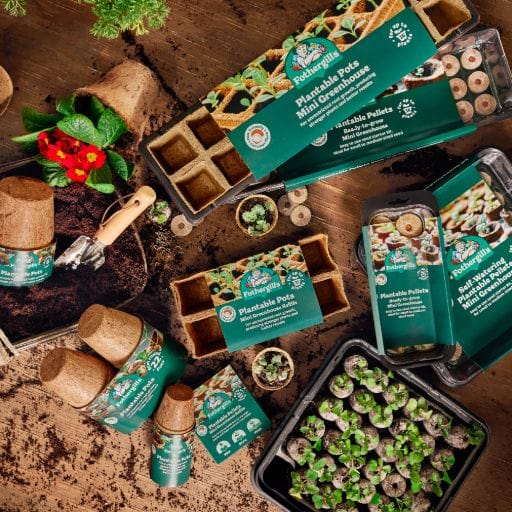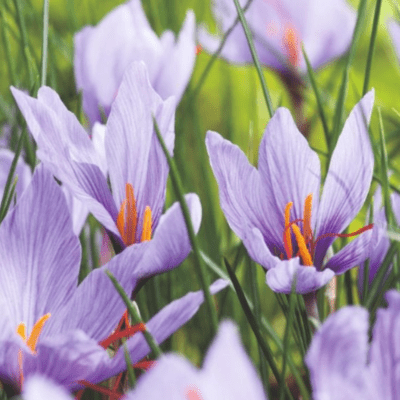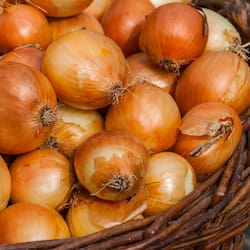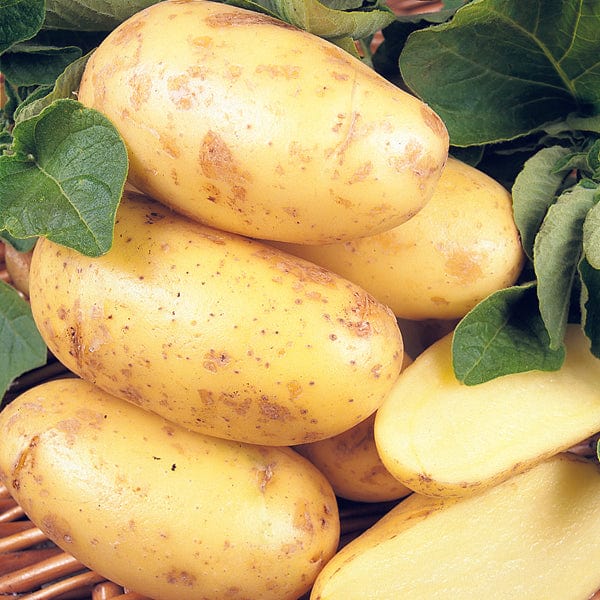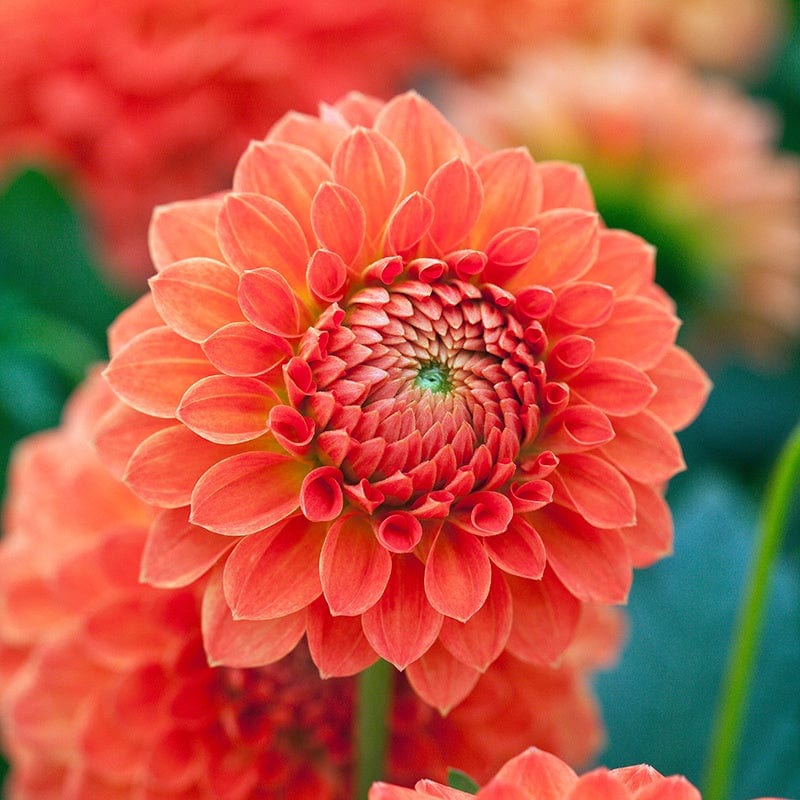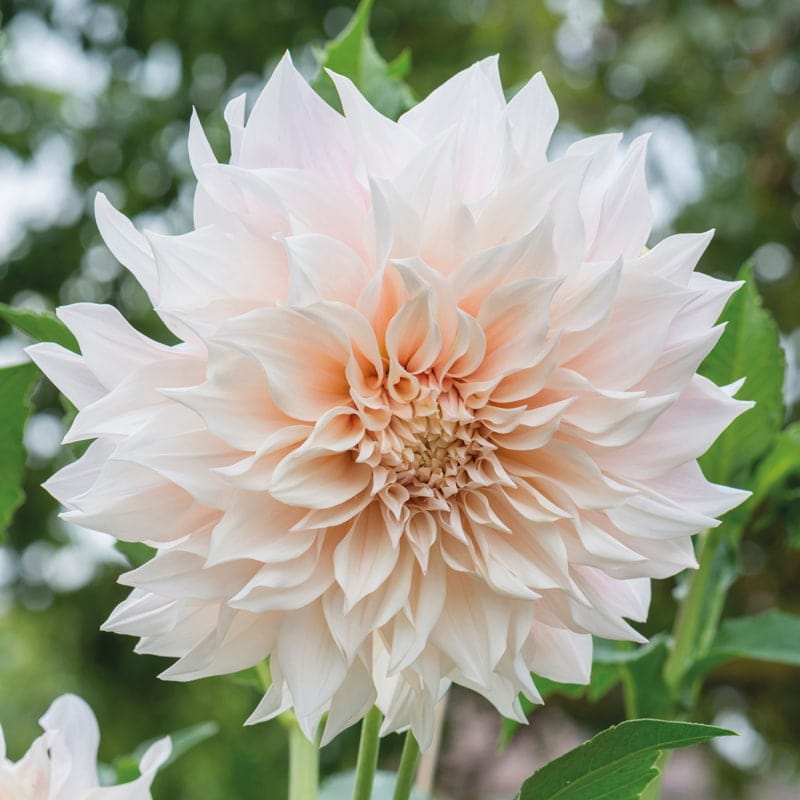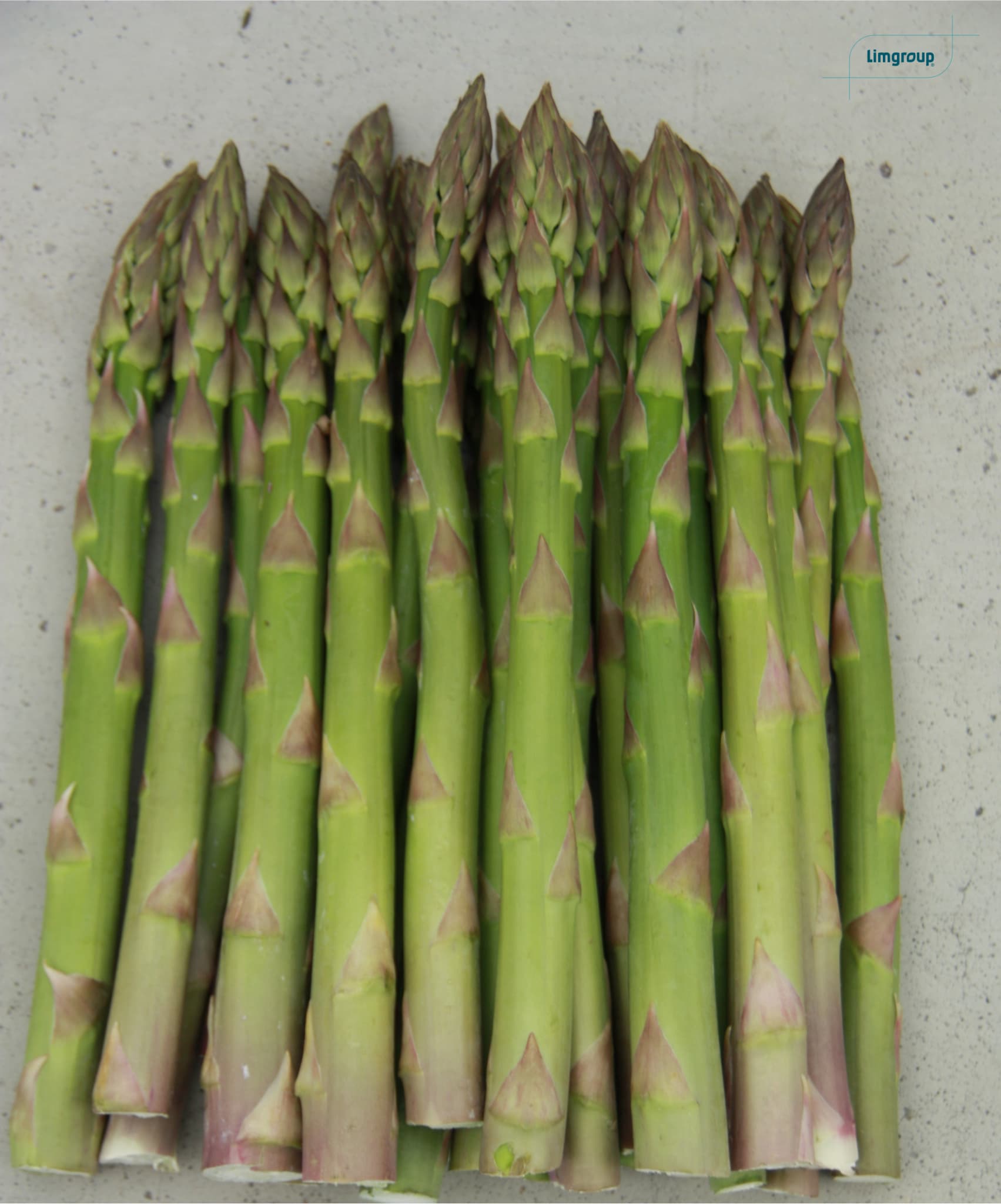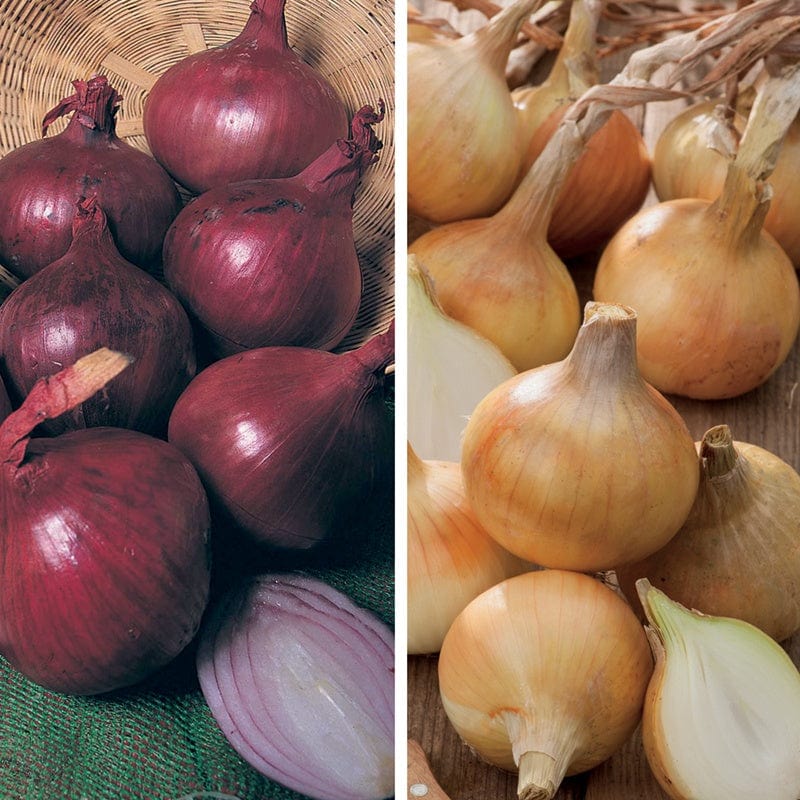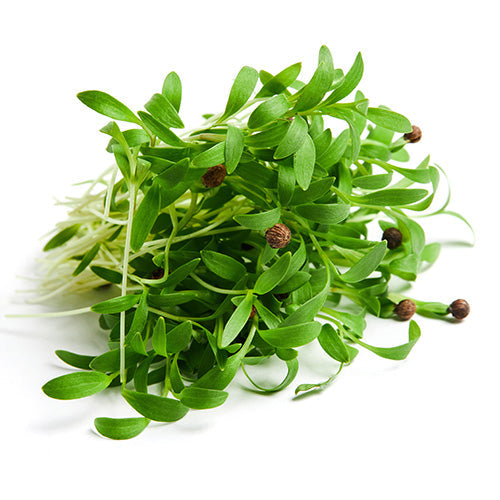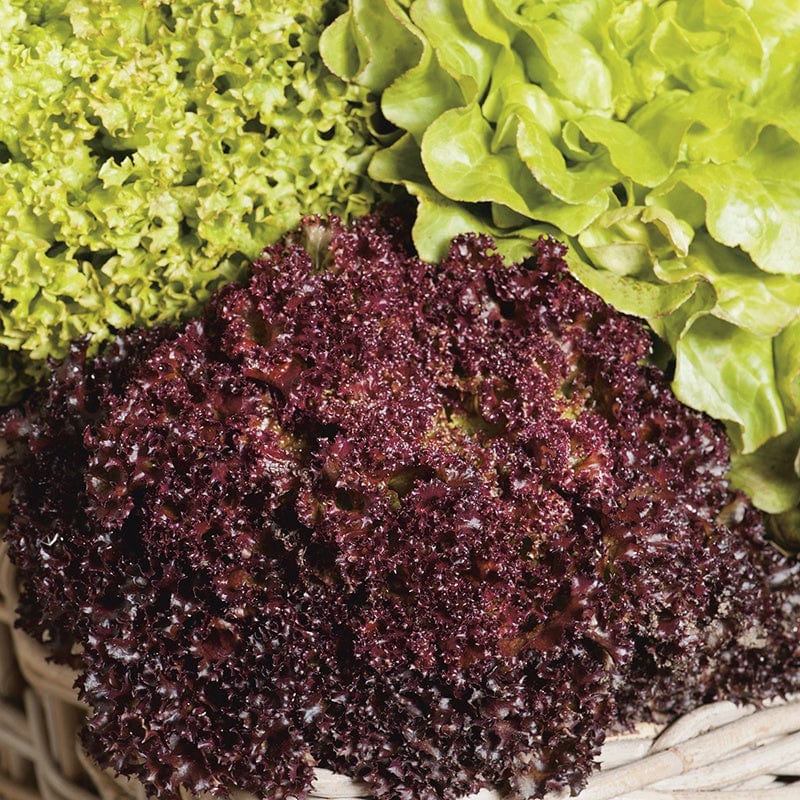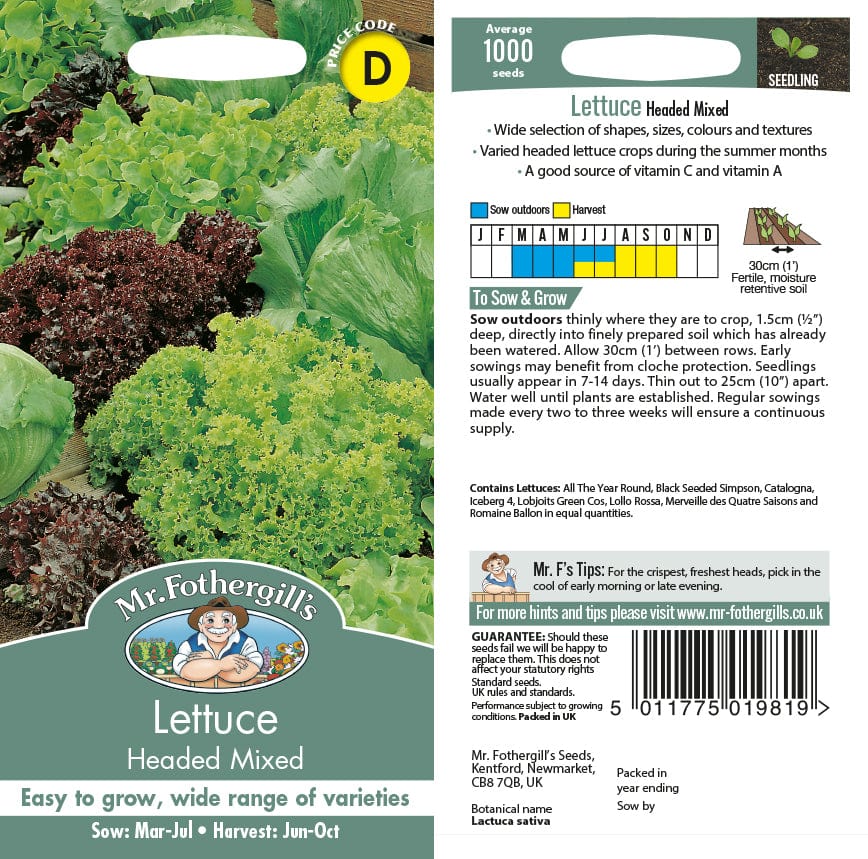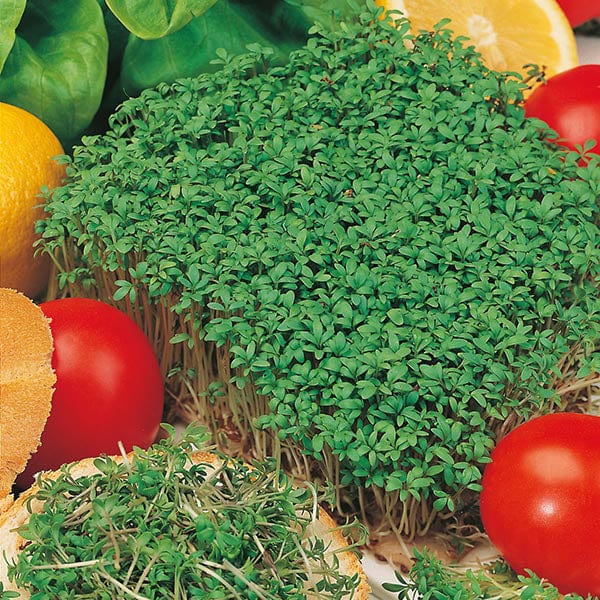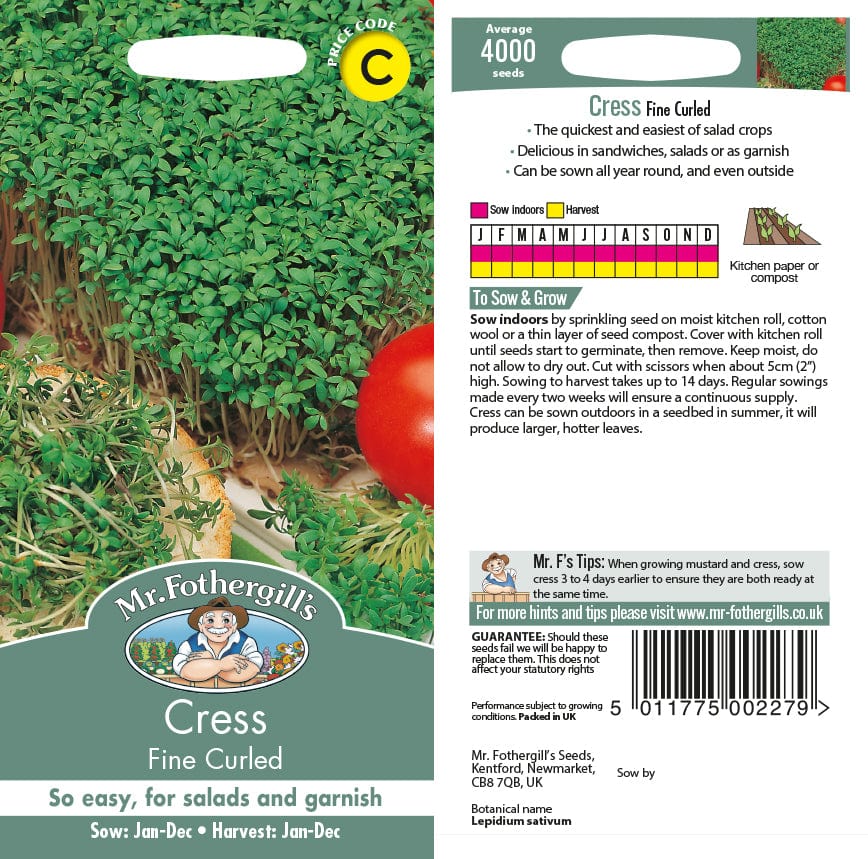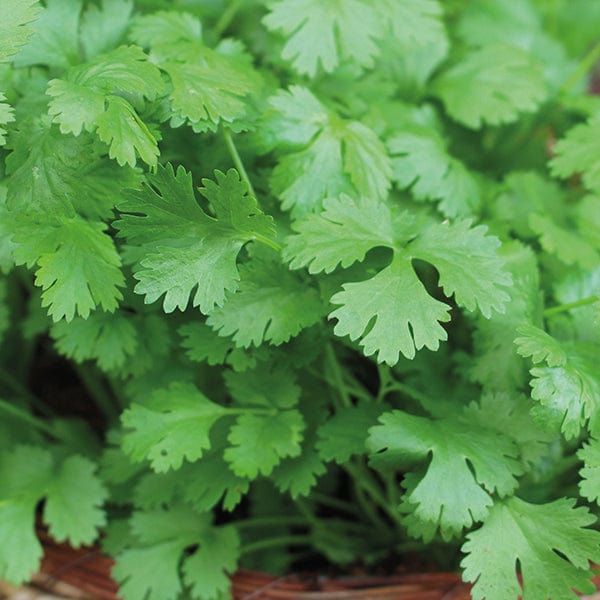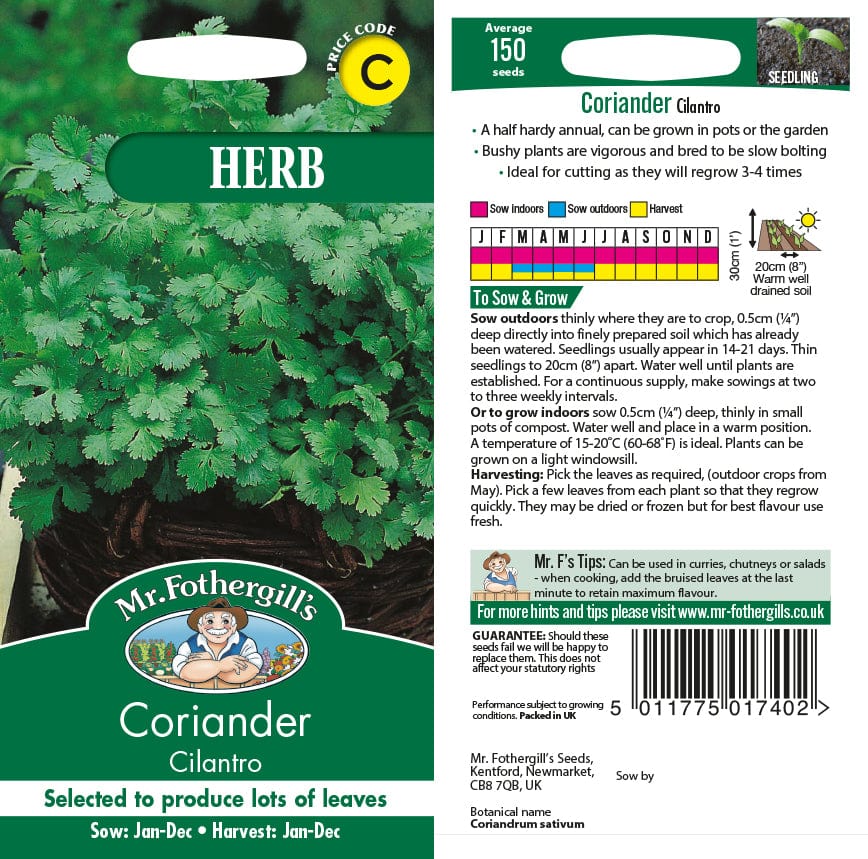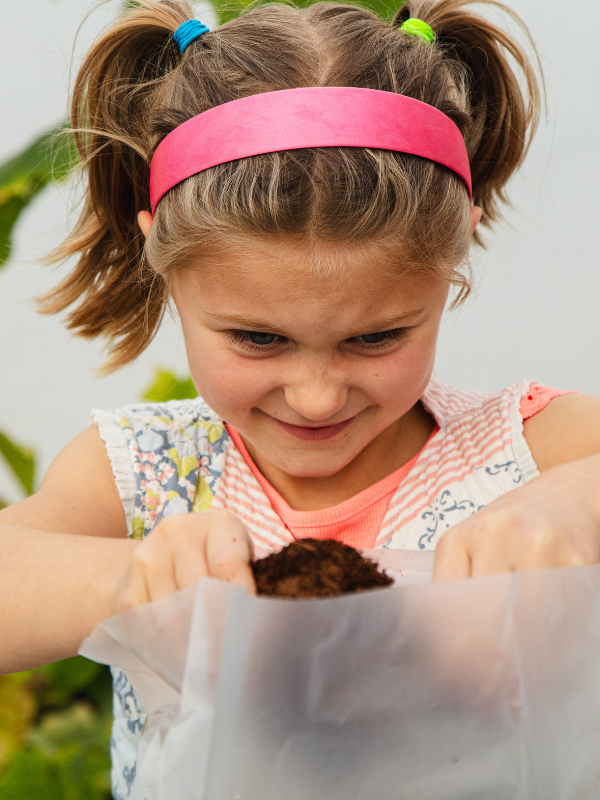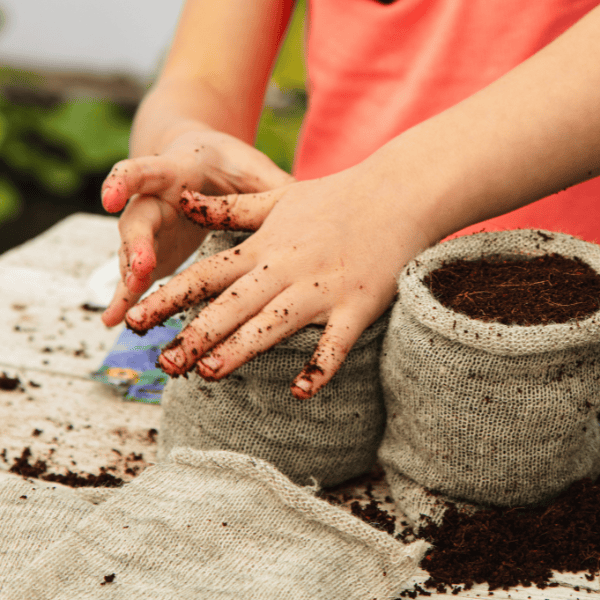Microgreens are easy to grow, allowing you to enjoy fresh, tasty, nutritious salad greens on your windowsill year-round. They’re simple to manage for beginner green thumbs and a great way to introduce the little ones to gardening.
When most people think of microgreens, varieties such as cress typically spring to mind. But there is a wide range of different microgreen types to choose from. If you’ve ever wondered, “What are microgreens?” and what the best types to grow are, we’ve got all the answers.
Read on to learn more about the wonderful world of the many microgreen types.
What Are Microgreens?
The first step in growing microgreens is understanding what they are. They’re not a plant class but young seedlings of vegetable plants and herb seeds, harvested just after their first true leaves develop; the aim is to give you salad leaves to enjoy in the winter months, when growing full-size plants may not be possible.
Unlike sprouts, which are eaten whole (including the seed and root), microgreens are grown in soil or a growing medium and harvested above the root. They pack intense flavour and high concentrations of nutrients, making them a great addition to salads, sandwiches, and even smoothies.
Whether you’re a beginner or an experienced gardener, microgreens offer a fast-growing, space-saving, and delicious way to enhance your meals.
Microgreen Types: What Are the Best Microgreens to Grow?
Microgreens come in many different flavours, textures, and colours. Whether you want something peppery, mild, citrusy, or earthy, there’s a microgreen for you.
Let’s run through all the main microgreens types you can grow at home, from salad leaves to herbs and even baby vegetables. In each case, the exact instructions on how to grow your microgreens may vary slightly, but the broad strokes of sowing microgreens are simple and easy to follow.
Small-Leaved Salad Vegetables
Small-leaved microgreens, such as cress, are popular salad vegetables for kitchen windowsills due to their easy maintenance. They’re super simple to grow and a great gardening project to get the kids involved in your family garden.
- Cress: The easiest microgreen to grow, with a peppery, tangy taste, which works brilliantly in salads (as well as egg and cress sandwiches, of course!).
- Radish: Spicy and crunchy, radish microgreens add a kick to salads.
- Mustard: A bold, spicy green that works well in sandwiches and salads.
Larger-Leaved Salad Vegetables
It’s also possible to grow your favourite larger-leaf salad vegetables as microgreens. By harvesting the leaves of these plants when they’re just young seedlings, you’ll get a regular supply of tasty greens. The leaves may be small, but they’re tender and mild-flavoured. There’s also the nutritional boost of eating seedlings, which are known to have more concentrated nutrients. This means more vitamins and minerals for you.
- Lettuce: The mild and tender leaves are a perfect addition to salads
- Kale: Rich in vitamins and a great way to add nutrition to any meal.
- Pea Shoots: Sweet and tender, these taste just like fresh peas.
- Spinach: Soft, slightly earthy, and nutrient-rich.
The benefit of growing larger-leaved plants as microgreens is that you can do it all year round. You’ll have fresh, healthy, and tasty greens even if you don’t have access to the garden or cold weather makes it impossible to grow full-sized plants.
Herbs
Herbs make excellent microgreens and are very happy growing on your kitchen windowsill! Try experimenting with various varieties in your meals.
- Red Leaved Basil: Adds a pop of colour and a mild, herby flavour.
- Chives: Mild onion-like taste, perfect for garnishing.
- Coriander: Citrusy, slightly spicy (hopefully, you haven’t got the soap gene!), and an excellent garnish for Mexican and Asian dishes.
Greens From Other Vegetable Varieties
Did you know that you can also grow microgreens from other vegetable seeds, including carrot seeds, beetroot seeds, or chard seeds, without needing to grow the actual vegetable? To save space on your windowsill, you simply grow the tasty little shoots.
- Chard Bright Lights: They have the same flavour as chard, as well as attractive red and yellow coloured stems.
- Beetroot Greens: Mild and earthy, with beautiful red stems
- Carrot Greens: These microgreens are packed full of vitamins and antioxidants with an intense carrot-like flavour. The feathery leaves can be added to everything from soups and stews to salads and work particularly well in pestos.
Baby vegetables
Lastly, we have microgreens that come from the seeds of other baby vegetables. A great example is baby broccoli plants, which you’ll harvest once the seedlings are no more than a few centimetres tall. You’ll be amazed at how much they taste like broccoli but without the bitterness of the full-grown vegetable. They have an appealing texture and can be added to any meal.
- Baby Cauliflower: Delicate and slightly nutty, adds texture to salads.
- Baby Cabbage: Crisp and slightly sweet, works well in slaws.
- Baby Courgette: Tender and mildly sweet, perfect for salads or stir-fries.
If you’re looking for the best microgreens to grow, consider factors like ease of growth, flavour, and nutritional benefits. Radish, pea shoots, broccoli, mustard, and cress are some of the top choices for their quick growth, strong flavours, and high nutrient content.
Are Microgreens Easy to Grow?
One of the biggest advantages of microgreens is how easy they are to grow. You don’t need a garden—just a windowsill, a container, some soil or kitchen roll, and seeds. You can have fresh greens in as little as 7–21 days with minimal effort.
Microgreens are ideal for beginners, children, and anyone without outdoor space. They require little maintenance, grow quickly, and provide a fresh supply of homegrown greens even in winter.
How to Grow Microgreens
All you need to grow microgreens is a container (a seed tray or even a recycled food tub), a window sill, some paper towels, water and, of course, your seeds. Growing microgreens is easy, as they’re a reasonably low-maintenance crop–just keep the paper towels moist and harvest them as soon as they reach the desired size.
For more detailed instructions on how to get your own microgreen garden and enjoy your favourite leafy vegetable during colder months, read our step-by-step guide on how to grow microgreens.
Get in touch
Microgreens are an excellent way to add homegrown nutrition to your diet with minimal effort. Whether you’re a seasoned gardener or just starting, these tiny greens pack a punch in both flavour and health benefits.
We’re excited about planting the seeds of plenty of gardening ideas to help get the whole family involved in your outside space! Gardening is for everyone! So let us help you and the kids blossom into green-thumbed growers as you watch your tiny, tiny seedlings reach their full potential in your very own garden.
Whether you’re keen to create a vibrant playground for bees and butterflies with our range of flower plants or show the little ones just how rewarding it is to watch your easy-to-grow veg seeds make their way all the way from the ground to the kitchen, Fothergill's has got all of your gardening essentials to get you started.
If you have any further questions about the microgreen types or any of our gardening products, don’t hesitate to contact us or read our blog!












